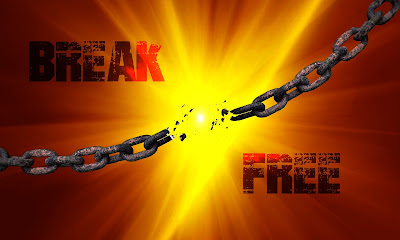 |
| (Photo credit: JanBaby/Pixabay) |
Think of how great our teams would be if we were able to balance goal attainment and worker satisfaction. Rarely does this happen, but this goal should be to what we all strive. One thing a leader can do to make more effective teams is to share elements of control with their team members.
We often hear the term "micro-management." Very few people react well to being under this command structure. Even though the leader is ultimately responsible for the team and their actions, sharing command is one of the best ways we can lead. Leaders and managers are dutifully bound to meet the objectives, but the actions of their people do not have to be prescribed. Allowing our people to control their own work may be a great way to bring innovation into the organization and also grow new leaders.In a command and control environment like wildland fire, this may seem paradoxical. One example of sharing control is through bias for action.
A Bias for Action
(Leading in the Wildland Fire Service, pp. 26-27)
Leaders in the wildland fire service are not only empowered but also duty-bound to act on a situation that is within our power to affect, even without direction from above.
This empowerment is not intended to encourage freelancing. In a high-risk environment, freelancing is a dangerous and unpredictable element, causing more harm than good. Ultimately, leaders are always accountable for their actions.
A bias for action acknowledges wildfire as an environment where events do not always go according to plan. At times during an incident, one person may be the only one in a position to see what needs to be done and to make it happen. Time may not permit informing the chain of command before an opportunity is lost.
In these time-critical situations, fire leaders use judgment, act within the intent of their leaders, work in unison with others, develop and communicate a plan, and then inform leaders of actions as soon as safely possible.
On a chaotic and rapidly developing wildfire, one person taking the initiative can make all the difference in seizing and taking advantage of an opportunity. Being hesitant, risk-averse, or indecisive can expose firefighters to greater long-term risks and translate into a waste of time, opportunity, energy, and money.
Wildland Fire Leadership Challenge - Digging a Little Deeper
Meg Wheatly shares her thoughts in an interview with Gagen MacDonald in this Let Go & Lead video.
Pam McDonald is a writer/editor for BLM Wildland Fire Training and Workforce Development and member of the NWCG Leadership Subcommittee. The expressions are those of the author.
No comments:
Post a Comment